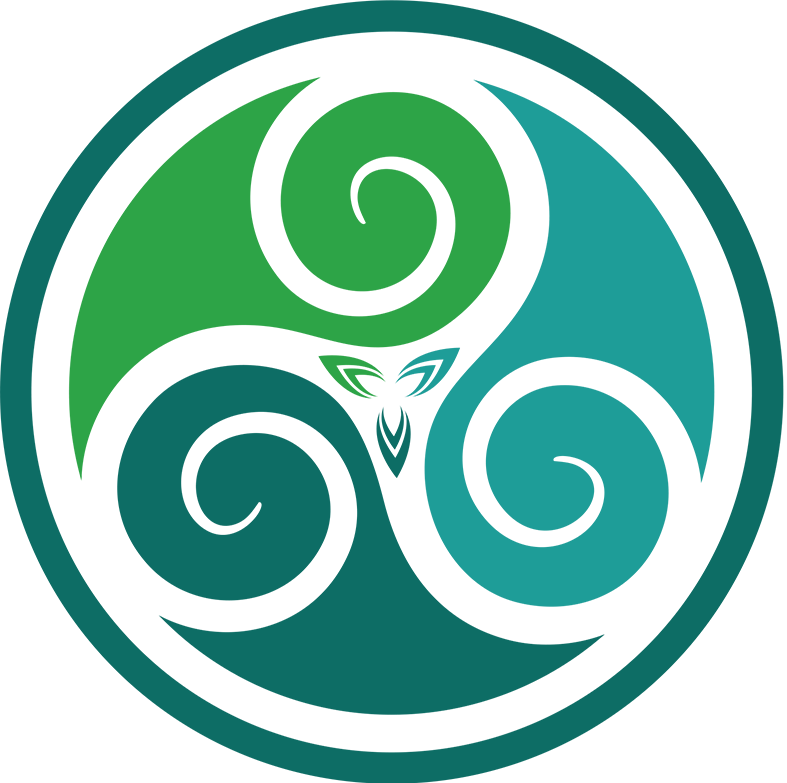Your initial appointment will take 60-90 minutes and includes a full case history covering current symptoms and conditions, any medical investigations or procedures you have had, medications you are taking and lifestyle. After your consultation I will carry out a number of non-invasive physical diagnostic tests including blood pressure, temperature distribution and pulse taking. This is usually followed by your first treatment.
Subsequent appointments take 45-60 minutes and include discussion of your progress and your treatment to date.
What does it feel like?

Many patients are concerned that acupuncture may be painful, however the needles are so fine so that often you won’t feel them being inserted.
It’s common to feel a mild tingle or dull ache as your acupuncturist adjusts the needle. Many people feel deeply relaxed during treatment.
Afterwards you’re likely to continue to feel calm and relaxed. Acupuncture has very few side effects and they are usually mild. Tiredness, a mild headache, feeling lightheaded, skin reactions (rare), or aggravation of a condition (generally short-lived) all show your body is responding positively. If you can, follow treatment with a relatively quiet day.
How many treatments will I need?
This depends on your symptoms, how long you have had them and other health factors. Treatment tends to be weekly to start with and spaced out when progress is made. Many people continue with treatment because they find it helps maintain their general health and wellbeing.
Is it safe?
Acupuncture is one of the safest medical treatments currently on offer in the UK, in fact in 2001 a number of studies concluded that the risk of serious adverse reaction to acupuncture is less than 1 in 10,000. Any minor side effects that do occur, such as dizziness or bruising around needle points, are infrequent, mild and self-correcting. To see more information regarding the safety of acupuncture please visit the British Acupuncture Council’s website.
Other techniques that may be used in your treatment:
Moxibustion: Moxa is a herb (Mugwort) that is used to gently warm and nourish in Chinese Medicine. Patients generally find it relaxing.
Small Moxa cones are rolled and placed directly onto the skin, they are lit and allowed to slowly smoulder, enabling its therapeutic heat to permeate. The Moxa is carefully removed before it burns down to the skin.
Gua Sha: Gently scraping the skin with a rounded jade or rose quartz tool to stimulate circulation and treat muscle pain or tenderness.
A relaxing treatment which can be used all over the body including the neck and face. I apply a small amount of oil and the pressure used, directed by you.
Gua Sha can raise small, red, rash like dots at the surface of the skin. These marks are not painful and clear within a few days. They are a good indicator of where the stagnation is. Gua Sha can help:
• Neck, shoulder and back pain
• Frozen shoulder
• Headaches and migraine
• Jaw clenching
• Soft tissue injuries and strains
• Tennis and golfer elbow
• Stiffened and tense muscles
Auricular Acupuncture: is ear acupuncture, often used alongside body acupuncture points to enhance overall treatment.
Treatment involves the insertion of very small needles, as well as ear seeds (a tiny ‘seed’ attached to a small sticky plaster) which are retained and provide continued benefit after treatment.
Teishin: The practice of using a short gold-plated probe to improve the debilitating effects of surgery, including adhesions and scar tissue.
Teishin can also be used to stimulate acupuncture points without inserting needles.
